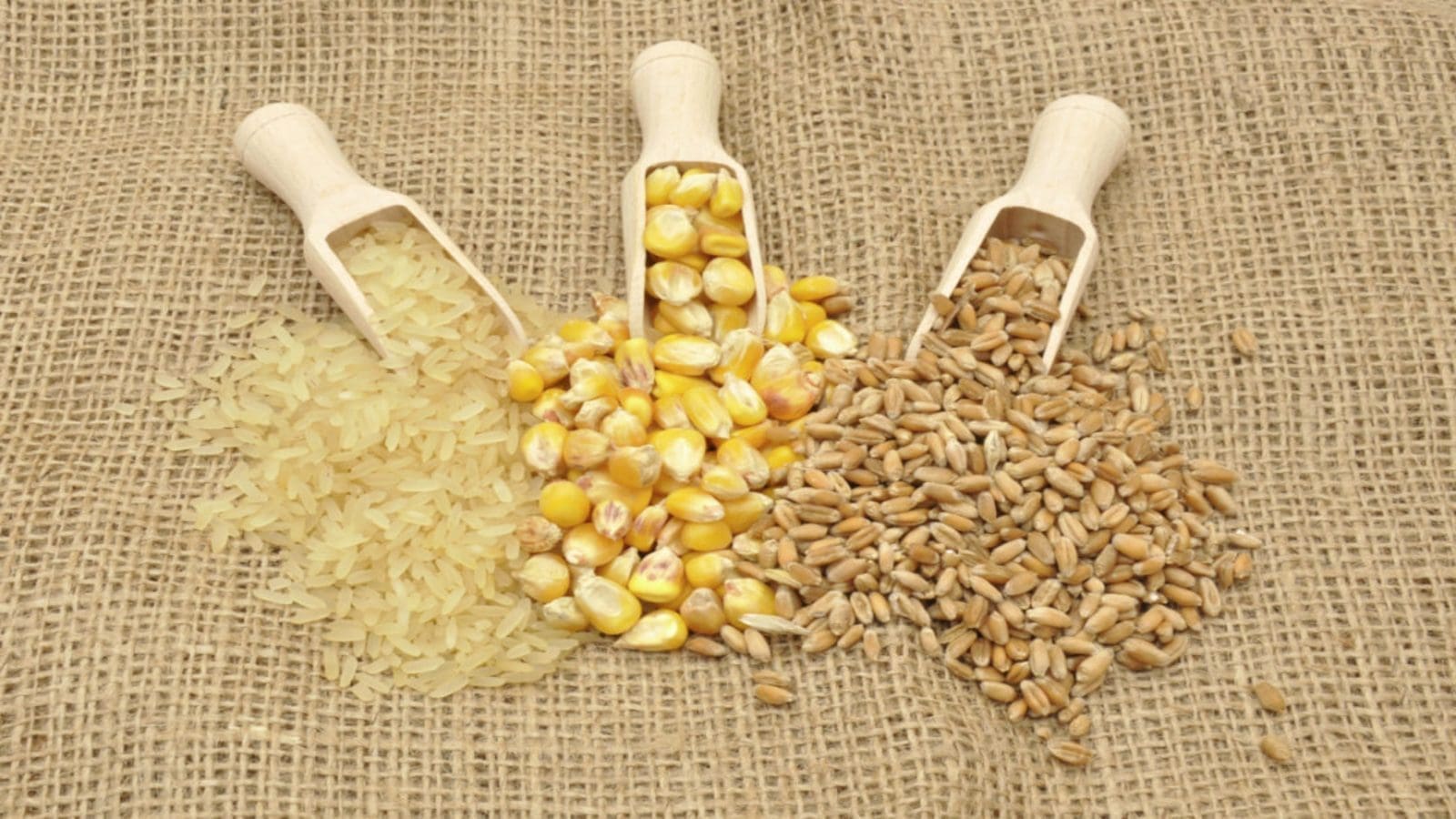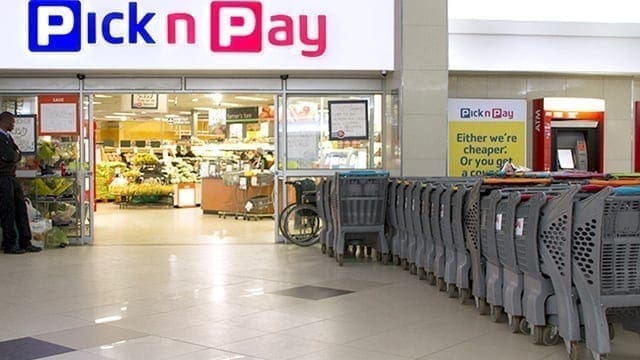GHANA— A report by United States Department of Agriculture’s Foreign Agricultural Service Accra Post projects Ghana’s MY2022/23 total wheat consumption slightly down at 812,000 metric tons (MT), three percent less than the current year’s 832,000 MT estimate, mainly due to recent sustained increases in the prices of wheat products resulting from the fast-rising global prices of wheat, aggravated by the ongoing Russia-Ukraine conflict.
The war is also causing an increase in freight charges. This and the depreciation of the local currency against the dollar and other major trading currencies is presenting a challenge to importers who have been slapped with an increase in the payable import duty at the clearing ports. As such, MY2022/23 imports are forecast at 700,000 MT, unchanged from the MY2021/22 estimate.
As imports reduce disproportionately with respect to domestic demand, ending wheat stocks are forecast significantly lower at 95,000 MT in MY2022/23, down by about 56 percent from the MY2021/22 estimate of 217,000 MT.
According to the Ghana Meteorological Agency (GMeT), low rainfall and extended dry spells are expected to be recorded in most parts of the country during the planting period for rice and corn.
Post forecasts domestic rice production for MY2022/23 at 450,000 MT, a decrease of about 18 percent below the MY2021/22 estimate of 550,000 MT.
Domestic corn production for MY2022/23 is forecast low at 2.5 MMT, a decrease of about seven percent below the MY2021/22 estimate of 2.7 MMT.
Just as with rice farmers, last season’s experience with a delayed supply of government’s subsidized fertilizers and a cutback on the subsidy rate will be a source of discouragement to some corn farmers.
The lower-than-expected domestic production will increase corn imports and reduce ending stocks. Ghana’s MY2022/23 corn imports are forecast high at 300,000 MT, an increase of 200 percent over the MY2021/22 estimate of 100,000 MT.
Ending stocks of corn for MY2022/23 is forecast at 130,000 MT, a decrease of about 55 percent compared to Post’s MY2021/22 estimate of 290,000 MT.
In response to the shortfall in domestic supply that will be induced by lower-than-expected domestic production, Ghana’s MY2022/23 rice imports are forecast to increase by about 11 percent over the MY2021/22 estimate to 1.0 MMT.
Owing to recent sustained increases in the price of rice across the country, mainly due to high inflation and the reduction of the Benchmark Value Discount rate by government, MY2022/23 rice consumption is forecast slightly lower at 1.50 MMT, down by almost four percent from Post’s MY2021/22 estimate of 1.56 MMT.
Consumption forecast for corn is slightly lowered at 2.95 MMT in MY2022/23, a decrease of about three percent from the MY2021/22 estimate of 3.05 MMT. Corn is the most important cereal in Ghana and remains the number one staple food.
Rice is the second most important cereal after corn in Ghana and is a major staple food thus the demand is still substantial despite soaring prices. Ending Stocks for MY2022/23 is forecast at 130,000 MT, a decrease of about 32 percent compared to Post’s MY2021/22 estimate of 190,000 MT, mainly due to the reduced forecast domestic production.
Liked this article? Subscribe to Food Business Africa News, our regular email newsletters with the latest news insights from Africa and the World’s food and agro industry. SUBSCRIBE HERE.











